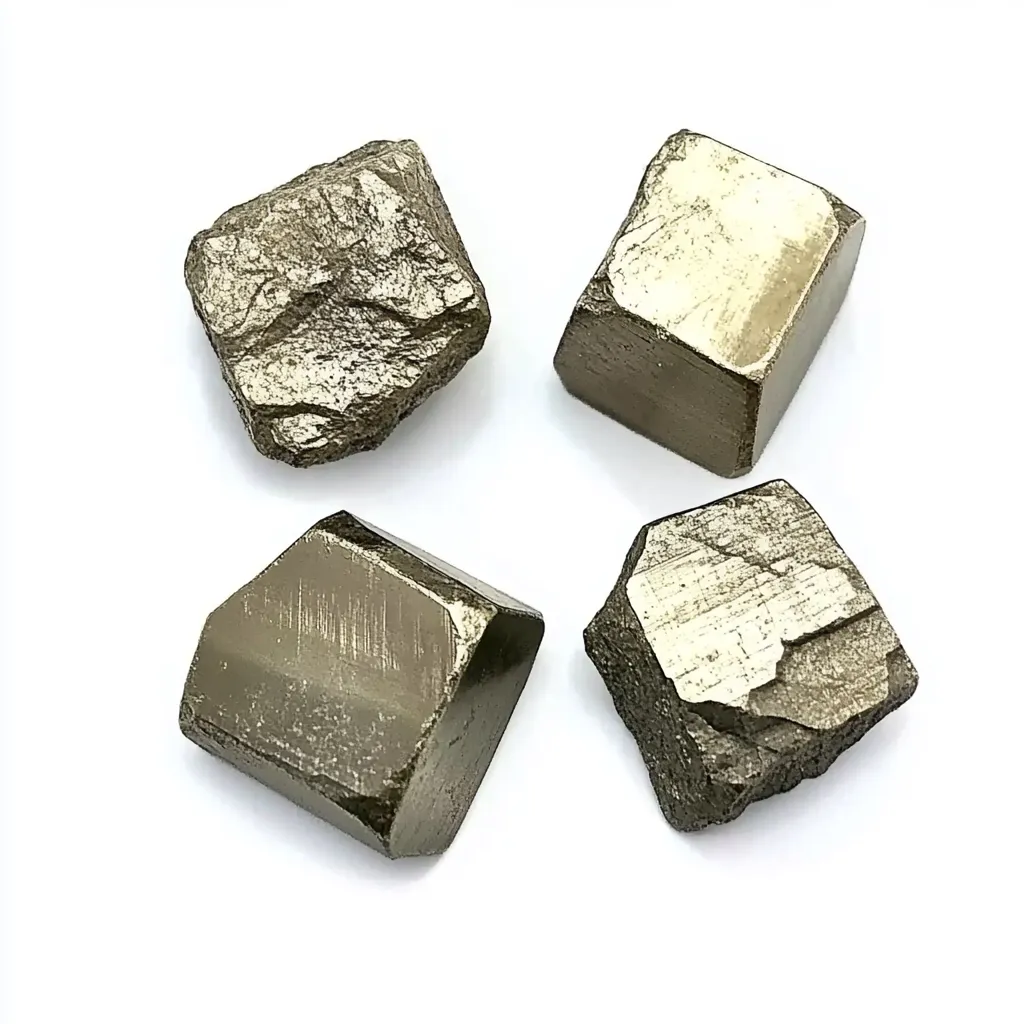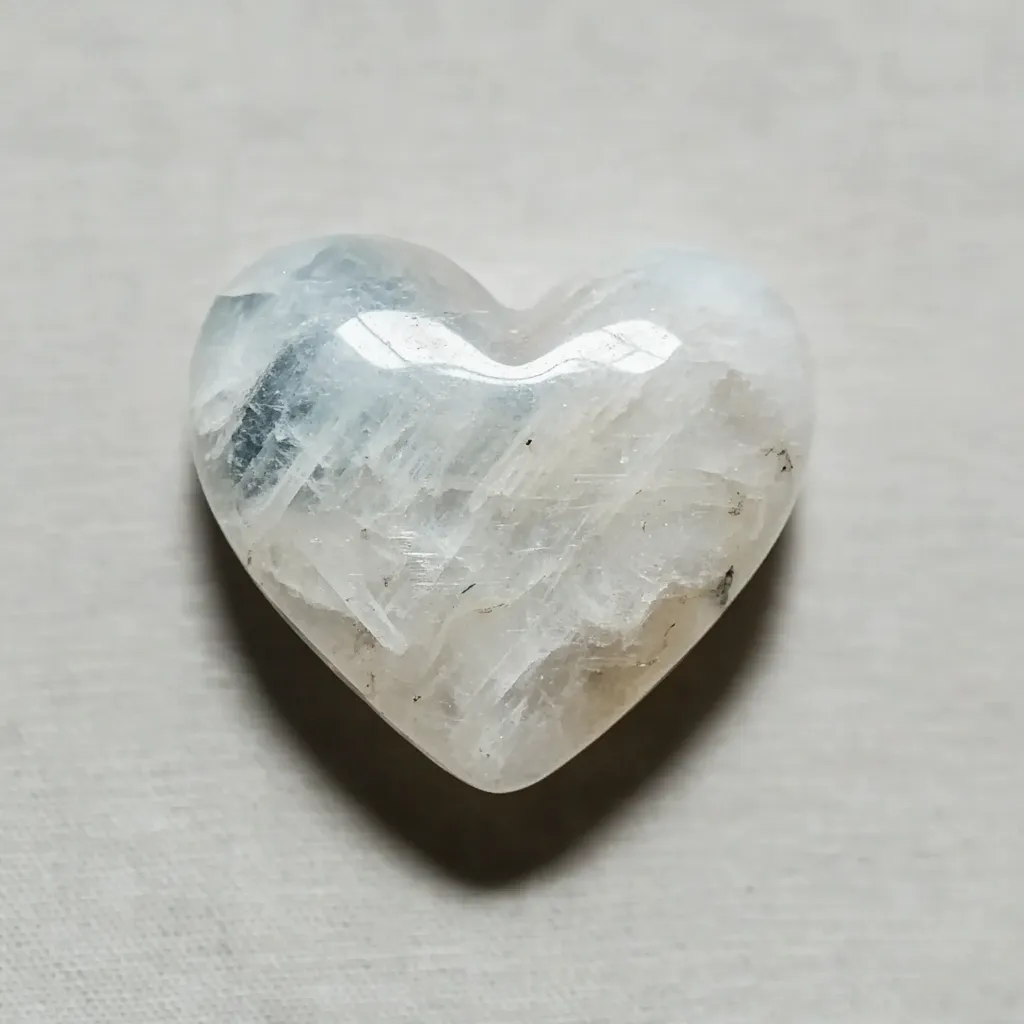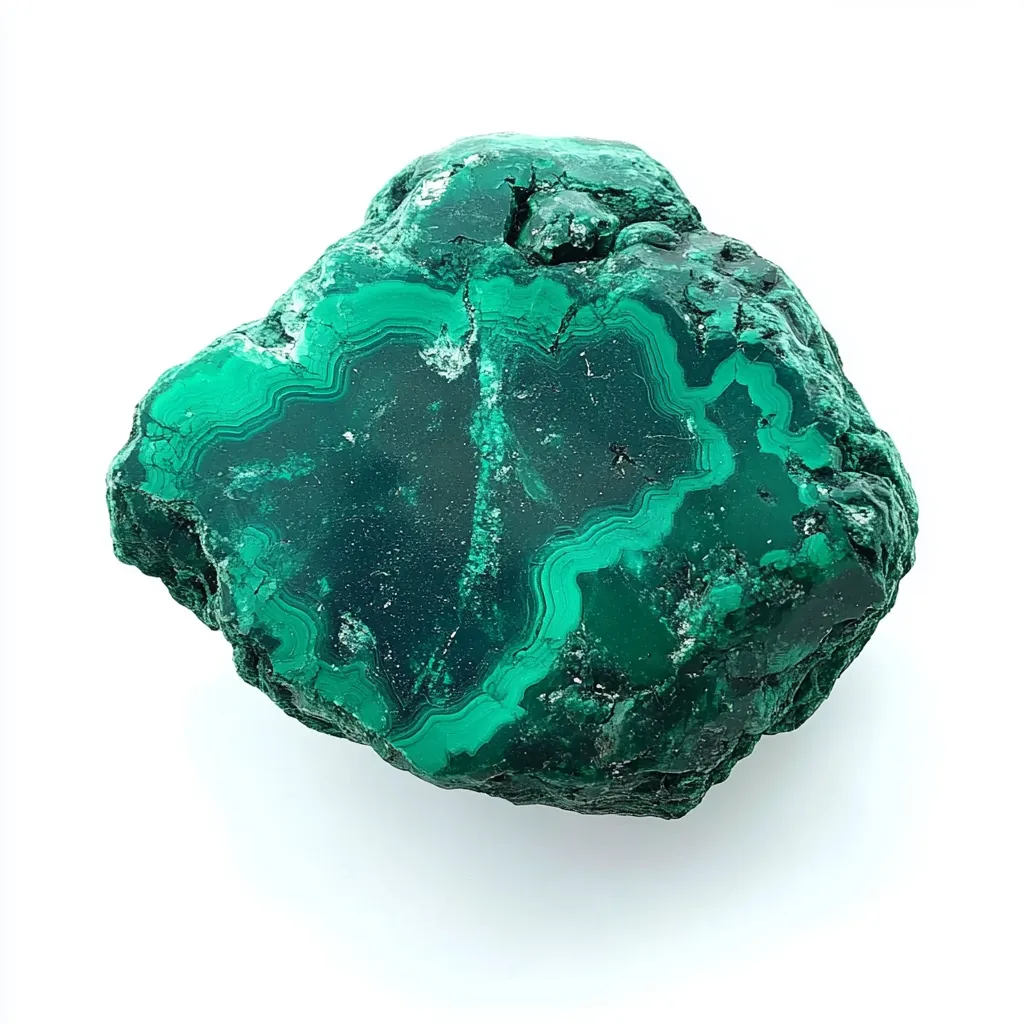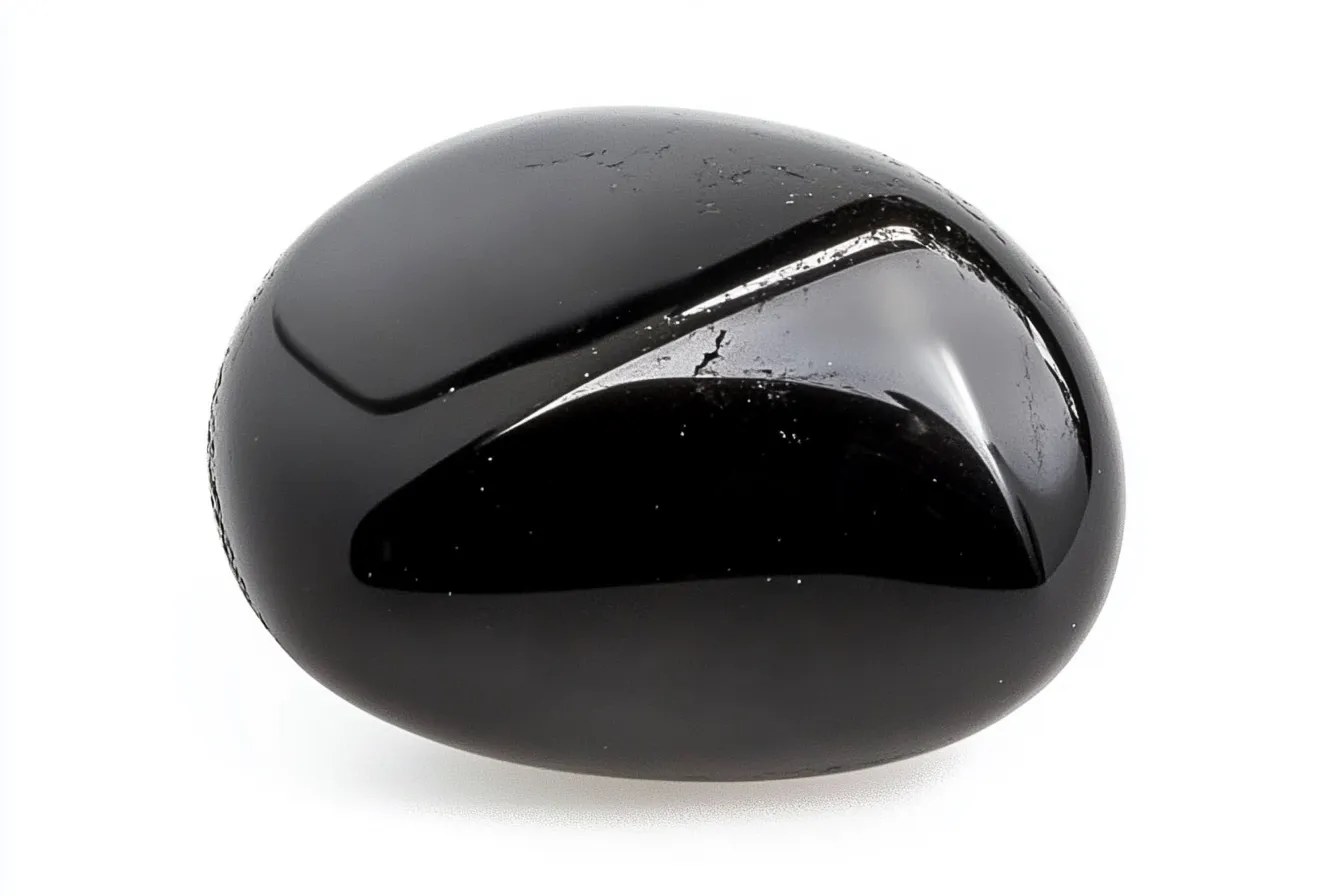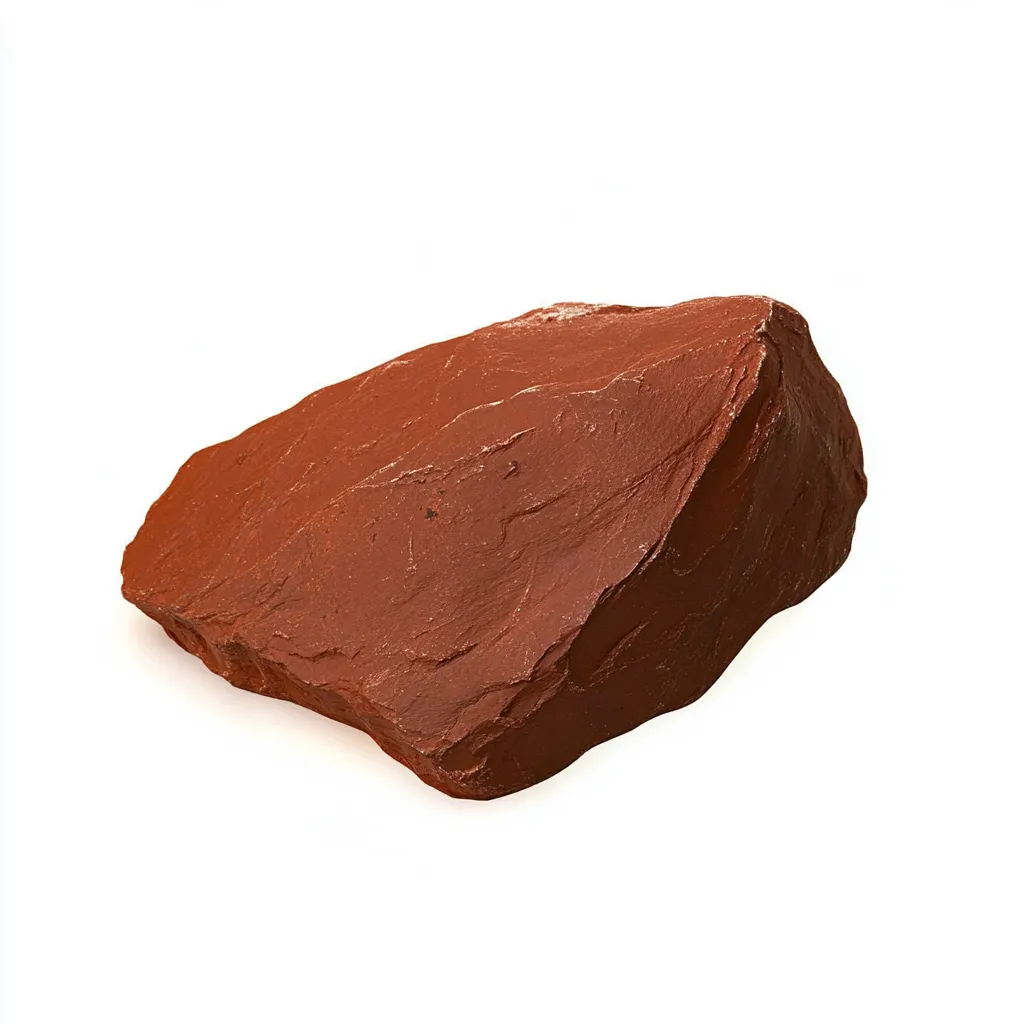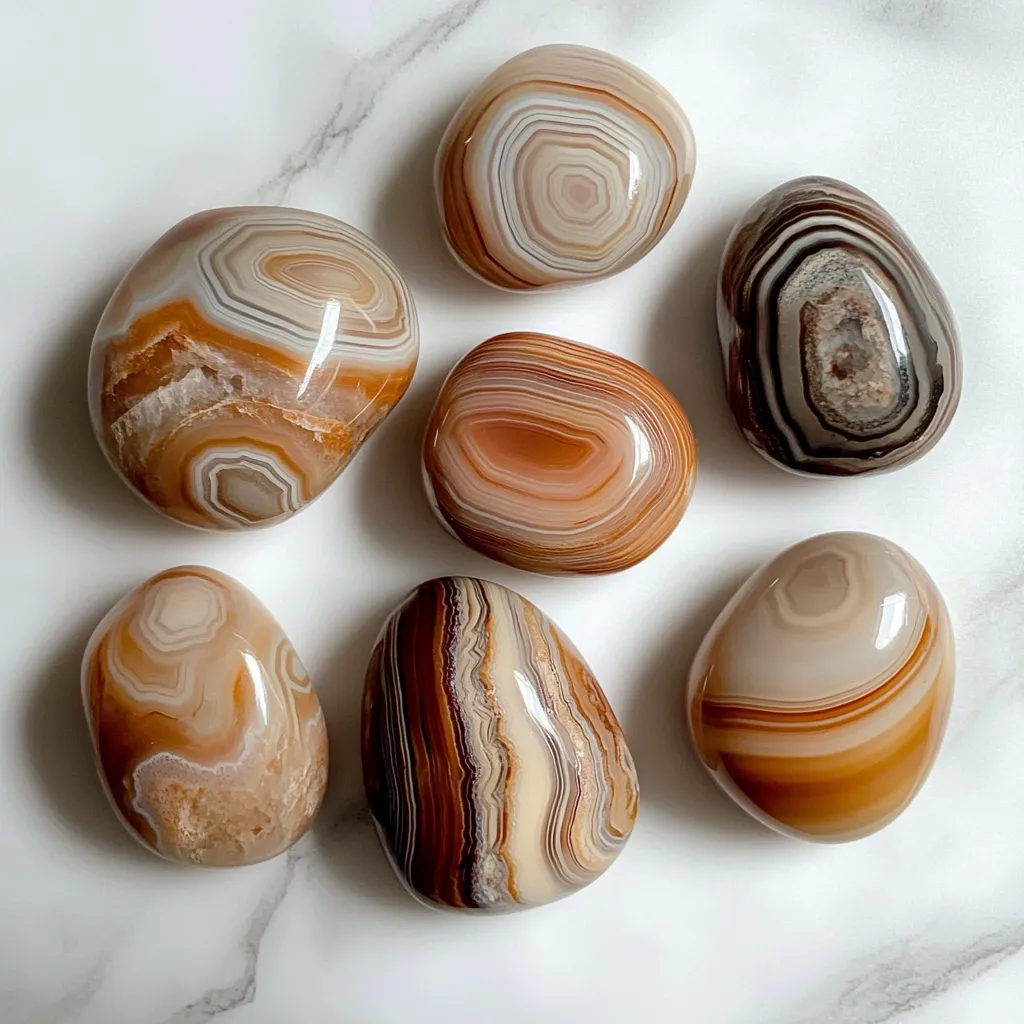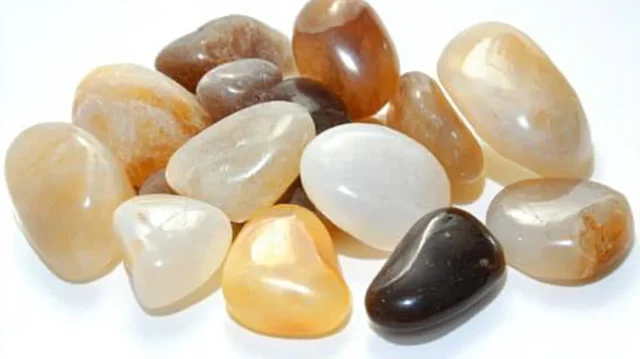

Science & History of Topaz Gemstone
For centuries, topaz has captivated people with its striking colors and remarkable clarity. In terms of science, topaz is a silicate mineral; it consists of aluminum and fluorine, and it is typically found in granite and rhyolite deposits. Even though pure topaz is colorless, impurities give rise to some stunning gemstone varieties—like blue, golden, pink, and even the rare imperial topaz.
Topaz has a long history of being misunderstood. The name “topaz” probably comes from “Topazios,” an ancient name for St. John’s Island in the Red Sea, but the stones that were mined there were really peridot. In ancient Egypt and Rome, topaz was believed to hold the power of the sun, granting it strength, light, and a protective nature. People even believed that topaz could make the wearer invisible in life-threatening situations. While we don’t expect topaz to offer us any such powers today, the gemstone’s glow is still captivating.
Topaz Gemstone Benefits & How to Use It
Topaz enjoys a stellar reputation when it comes to being a potential ally for mental clarity and emotional equilibrium. Many practitioners of this crystal attest to its ability to help them ‘organize’ their thoughts, make wise decisions, and achieve inner and outer calm. If you have ever harbored an intention to feel less ‘mentally scattered,’ to ‘be more focused,’ or to simply maintain a stronger sense of ‘presence’ in your day-to-day existence, then slipping a topaz pendant onto your person or finding a place to keep one near your workspace could yield pleasantly surprising results.
Common Uses and Related Benefits of Topaz
| Use Case | Associated Benefit |
|---|---|
| Wearing as jewelry | Enhances clarity, focus, and communication |
| Placing near workspace | Boosts presence and mental organization |
| Meditation with topaz | Promotes emotional balance and inner calm |
| Blue topaz in speeches | Aids in verbal expression and confidence |
| Golden/Imperial topaz | Attracts abundance and manifestation energy |
Blue topaz, in particular, relates to communication. I don a small topaz ring when I am in public speaking situations—it is like a gentle hand that guides my words. Meanwhile, those seeking to manifest wealth or opportunity often associate golden or imperial topaz with abundance.
For effective topaz use, wear it as jewelry, meditate with it, or position it in places like your bedroom or office. The crucial component is to be consistent and intentional.

Topaz Gemstone Spiritual Properties
On a spiritual level, topaz is recognized as a stone of truth and forgiveness. It promotes honesty in both one’s expressions and emotions and is therefore an ideal companion for anyone doing the often difficult work of personal growth or relationship healing. Topaz doesn’t demand your attention as some crystals do; it is not flashy or loud. However, it is a quiet and beautiful stone that guides you toward authenticity that pleases both you and the Divine.
Energy healers frequently use topaz to synchronize the throat and solar plexus chakras. The crystal assists in removing built-up energy and fortifying self-assurance, particularly when fears arise from not being able to communicate clearly. Many think that using topaz as a meditative tool makes way for one’s higher wisdom to flow while firmly anchoring the user in the now.
Have you ever attempted to put a piece of topaz on your throat while writing in your journal or saying affirmations? The following clarity can be so intense that it leaves you wondering how you had previously attempted those acts without the benefit of this seemingly simple tool.
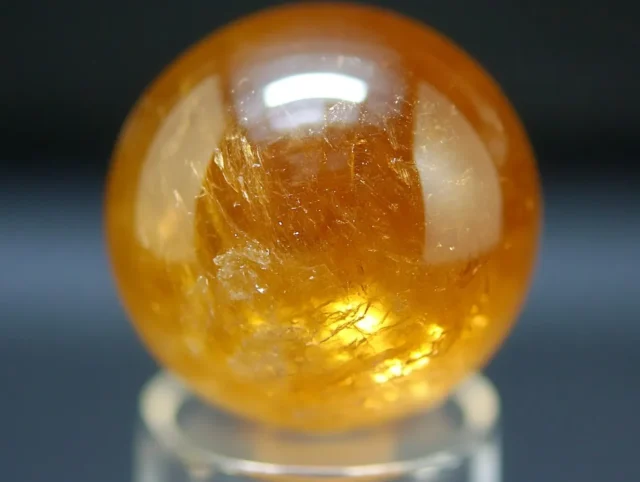
Typical Worth of Topaz Gemstone
The worth of topaz depends heavily on three things: color, clarity, and origin. Often treated, the common blue topaz remains relatively affordable. Its costs range from $10 to $30 per carat. When you step up to the imperial topaz, with its fiery orange-pink color, you’re stepping up to a gem that can be as much as 150 times more than the common blue topaz. It can cost anywhere from $500 to $3,000 per carat.
Comparison of Topaz Types and Market Prices
| Type of Topaz | Typical Color | Price Range per Carat | Notes |
|---|---|---|---|
| Common Blue Topaz | Light to sky blue | $10 – $30 | Often treated, widely available |
| Imperial Topaz | Orange-pink to red | $500 – $3,000 | Rare and valuable |
Pricing is influenced by factors such as size, cut, and whether the gemstone is treated or natural. If you’re purchasing topaz as an investment or heirloom, always ask for a certification and inquire about the stone’s origin. For casual collectors, however, even modestly priced topaz is a source of beauty with some metaphysical benefits.

Crystal Pairings
Topaz pairs beautifully with other crystals, amplifying both their emotional and spiritual impacts. If you want to strengthen your communication skills, try combining blue topaz with aquamarine or sodalite. To make sure that you’re on the right track and every goal you’ve set is grounded and on its way to manifestation, you can use golden topaz in combination with citrine or tiger’s eye.
If reaching a state of emotional healing is your goal, consider pairing pink topaz with rose quartz. It creates a calming combination of heart and mind energies. I’ve even seen some practitioners use topaz with clear quartz to amplify its overall vibration.
The selection of a pairing relies on your purpose. Obsidian is a beneficial pairing with smoky quartz when working on shadow aspects of the self. When working on improving communication skills, consider pairing sodalite with any member of the quartz family. And remember, these are just suggestions; you can and should experiment to see what resonates for you.
Topaz Gemstone Used in Talismans and Amulets
For centuries, individuals who crafted protective talismans and significant amulets revered the topaz. The ancient Egyptians held that the topaz got its yellow color from the sun god, Ra, and that it made for the strongest and most protective amulets when combined with gold. Even so, the Middle Ages took topaz amulets to new, angrier heights—dispelling curses and warding off enraged foes. These historical connections with the topaz amulet continue today and lend a personality to the gemstone.
Colors of topaz carry their own special meanings, and blue topaz is about as well known as any of the others. The blue variety is the color of topaz most commonly worn by those in the know, and for good reason. Clarity is perhaps the most valuable asset any human could possess, and communication issues can make the most intelligent and wise person seem foolish. Better to enter into a more profound and clear silence than to babble incoherently. Once one is clear, everything becomes clear—when something is working properly, you know it like day from night.

Table: Topaz Colors and Their Meanings
| Topaz Color | Symbolism | Common Use Case |
|---|---|---|
| Blue Topaz | Clarity, communication | Enhancing clear thought and speech |
| Golden Topaz | Wealth, success, joy | Prosperity and energy in living spaces |
| Pink Topaz | Love, hope, compassion | Emotional healing and self-love |
| White Topaz | Purity, spiritual awareness | Meditation and spiritual practices |
Using Topaz Gemstone in Feng Shui
Feng shui practitioners hold topaz in high esteem because of its stunning high-energy vibrancy and clarity-enhancing properties. Each color, when used in feng shui, has a specific influence on the energy (or qi) of a space. For example, the blue topaz used in feng shui is perfect for the calm, cool collector. It’s for enhancing the quietness and clarity of spaces where you need communication to be as clear as could be, like a bedroom or home office. The northeast corner of a space serves a specific purpose.
Golden topaz, conversely, links with riches, triumphs, and pleasures. Wealth, success, and joy are the associations for which feng shui practitioners place golden topaz in the southeast corner of a home or workspace. Some practitioners combine it with citrine or pyrite for a powerful energy boost, but feng shui practitioners don’t just recommend topaz for function; they also say it can look beautiful in space too, serving as a meditation aid. If you’ve ever felt your space needed a spark of positivity or balance, topaz might just be the crystal to try.
Table: Feng Shui Placement of Topaz Colors
| Topaz Color | Feng Shui Placement | Intended Effect |
|---|---|---|
| Blue Topaz | Northeast corner | Clear communication, calm energy |
| Golden Topaz | Southeast corner | Wealth, success, joyful ambiance |
| Mixed/Combined | Living room or entryway | Balanced qi and positive impressions |

Cleansing Topaz Gemstone
Similar to the way we require rejuvenation, crystals necessitate cleansing. Topaz, being a soft stone, can obey orders from both sides, the good and the bad. It picks up positive, gentle energy and functions effectively in such cases. But what if it not only received those orders but also the not-so-nice, negative ones? That could lead to negative outcomes. So let’s just keep it positive, shall we? And keep it clean. One simple way to do that is to put it in a river.
Another popular technique uses sound—like singing bowls or gentle chimes—to shift and clear any stagnant energy from the stone. You can also place topaz on a bed of selenite or clear quartz overnight. Avoid salt and direct sunlight, especially for colored topaz; it may fade or scratch. Proper care will keep topaz not only visually brilliant but also energetically vibrant.
Charging Topaz Gemstone
Cleansing is just the first part; recharging your topaz helps return its energy “battery” to a fully functional state.
Think of replenishing the stone’s energy as something you would do for your energy. When you re-energize your topaz, you’re also attuning it to your own personal intents and goals. The full moon is the best time to do this, but if you’re averse to putting your topaz in soft, possibly rain-soaked, moonlight, you can also use indoor lighting for the same period. Note that the latter method is not ideal for the stone if it was wet to begin with; use bright-light methods only if your topaz is fully dry.
Another way is to use intention. Hold the gemstone in your hands; close your eyes and center on what it is you want the stone to help with—be it confidence, healing, or clarity. This conscious connection charges the crystal and deepens your relationship with it. You might also combine this ritual with meditation, breathwork, or affirmations. Remember, the more intentional the energy you give it, the more meaningful the results you receive.

Questions and Answers
Additional Facts About Topaz
Blue Topaz
The blue topaz is a widely acknowledged gemstone. Its brilliant hue affects nothing less than an azure, cloudless sky. But the blue most people encounter today in topaz is not a tone nature conceived. Today, most blue topaz is the result of heating and irradiating colorless topaz. Natural blue topaz is rare; affordable blue topaz tends to be anything but natural. That said, here is an icon of a modern engagement ring featuring blue topaz in lieu of the more traditional diamond.
Blue Topaz Characteristics
| Feature | Description |
|---|---|
| Common Color | Light to deep blue (often treated) |
| Natural Occurrence | Rare |
| Enhancement Method | Irradiation and heat treatment |
| Popular Use | Engagement rings, daily wear jewelry |
Purple Topaz
Purple topaz, usually marketed under names like “Mystic Topaz” when coated, is a vibrant and captivating gemstone that stands out in any collection. Given the rarity of natural purple topaz in the topaz family, many collectors are captivated by its almost hypnotic depth of color. The shade of violet that treated stones showcase is reminiscent of amethyst, and what makes topaz neat is that this gem is also offered in a way that carries balance. Have you ever had the opportunity to hold one up to the light?
Yellow Topaz Gemstone
The gemstone yellow topaz, often confused with citrine, bears a warm golden hue that embodies the essence of wealth, vitality, and positive energy. In ancient times, it was thought to offer protection and to draw in prosperity—some even wore it as a talisman! In today’s gem marketplace, overshadowed by its blue counterpart, yellow topaz remains a go-to stone for vintage lovers and those favoring sunny, vibrant color palettes.
Raw Topaz Stone
Unrefined topaz crystals display the true beauty of this mineral, obtained directly from the Earth, undisturbed by cutting or polishing instruments. For collectors and healers, topazes in the rough form provide an unmediated link to the crystal’s wellspring of natural energy. These geological specimens can vary in color from clear topaz to amber, as was recently displayed at a Gemological Institute of America show in San Diego. Similar topaz formations exist nearby, in the desert of Southern California. Their erstwhile radiant surface reveals nothing of the fossilized fire of the Coachella Valley that sculpted these crystals.
Raw Topaz Overview
| Feature | Description |
|---|---|
| Appearance | Uncut, natural form; clear to amber in color |
| Sourcing Regions | Southern California, various global gem deposits |
| Usage | Crystal healing, mineral collections |
| Energy | Believed to offer unfiltered natural energy |
Blue Topaz Hardness
Blue topaz is one of the more durable gemstones. On the Mohs scale of mineral hardness, it ranks 8, just behind corundum (rubies and sapphires), which scores 9. This property means blue topaz resists scratches in a way that makes it suitable for daily wear, unlike many other semi-precious stones. However, despite its resilience to scoring, blue topaz can succumb to the effects of a knock or pressure. Yet, if you’re shopping for a stone for rings, bracelets, or other such items, blue topaz offers a suitable alternative to diamonds in practical, wearable ways. Just remember that even hard stones can crack under stress!
Blue Topaz Metaphysical Properties
In the circles of metaphysics, blue topaz is frequently associated with communication, self-expression, and emotional equilibrium. This gemstone is purported to link with the throat chakra, assisting the wearer in articulating their thoughts and feelings more plainly. Some people also believe that this gemstone sharpens focus and reduces anxiety, making it a popular choice for meditation. Regardless of your belief in its spiritual properties, blue topaz undoubtedly emits a calming and honest energy.
Mineral of Topaz
Topaz, a composition of aluminum and fluorine, is a silicate mineral that is found mostly in igneous rocks like granite and rhyolite. Yet even more common, a rocky habitat for topaz is the cavities within these sorts of rocks, where it and other kinds of souvenir crystals form when mineral-rich vapors cool and crystallize. An Ohio geologist can swing a hammer and dig up topaz, but the best places to get it are in Brazil, Russia, Pakistan, and the United States.

